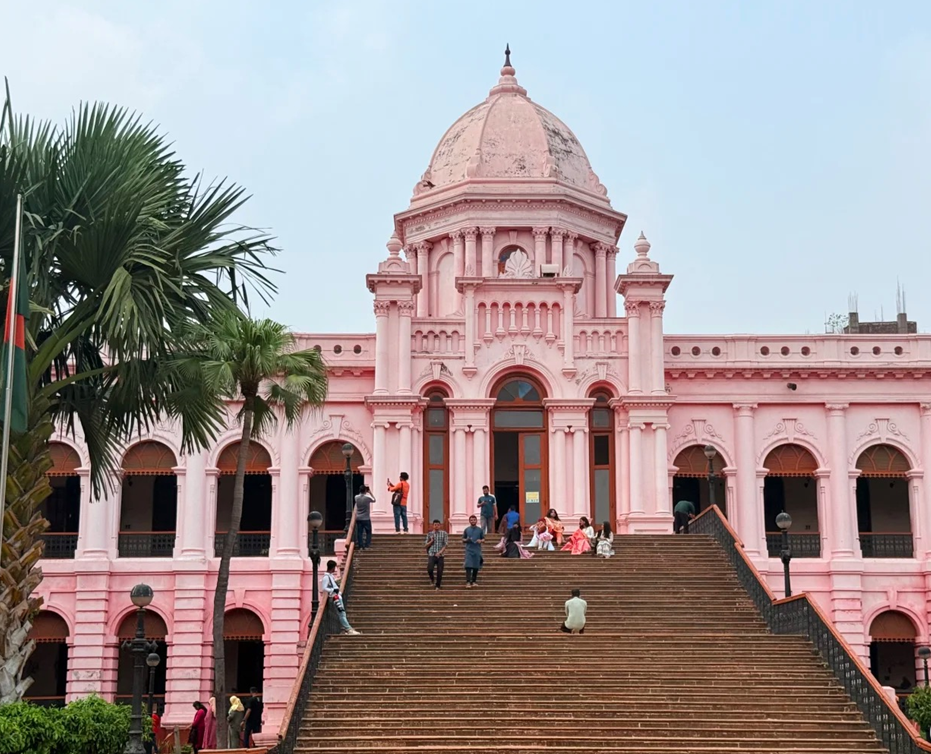
Focus on South Asia: A Guide to Market Development in Bangladesh
“As a key country along the Belt and Road Initiative and the Bangladesh-China-India-Myanmar Economic Corridor, Bangladesh is one of the most economically dynamic nations in South Asia. Wondering how to tap into the Bangladeshi market? Here’s the ultimate guide!”
Bangladesh is located in the northeastern part of the South Asian subcontinent, bordering India and Myanmar, with a strategic geographical position. Its unique terrain makes it a vital node in the "Southern Silk Road," connecting three major economies—China, India, and ASEAN—while offering advantages in both land and maritime transportation.
China has been Bangladesh’s top trading partner for 12 consecutive years and remains its largest import source. In 2024, the bilateral trade volume in goods between China and Bangladesh reached $24.051 billion, an increase of $64 million compared to 2023, reflecting a year-on-year growth of 0.3%.
As a key country along the Belt and Road Initiative and the Bangladesh-China-India-Myanmar Economic Corridor, Bangladesh is one of the most economically dynamic nations in South Asia. Wondering how to tap into the Bangladeshi market? Here’s the ultimate guide!
Market Overview
In recent years, Bangladesh has maintained rapid economic growth, with GDP growth consistently exceeding 6%, making it one of the fastest-growing economies in South Asia.
Bangladesh is set to graduate from the "Least Developed Country" category by 2026. The government has launched the "Golden Bangladesh" strategy, aiming to diversify the economy through industrialization, digitalization, and green transformation.
Bangladesh is a member of the World Trade Organization (WTO), a founding member of the South Asian Association for Regional Cooperation (SAARC), and part of the Commonwealth and BIMSTEC (Bay of Bengal Initiative for Multi-Sectoral Technical and Economic Cooperation). It has also signed trade agreements with China, India, and other countries.
Bangladesh imposes import duties on all goods, with no minimum threshold. Import tariffs typically range between 0% and 25%, with most products taxed at 0%, 1%, 5%, 12%, or 25%. Additionally, a regulatory duty (0%-15%) may apply to certain goods based on CIF value, customs duties, and supplementary taxes.
Market Demand
Infrastructure Development
Bangladesh’s infrastructure is still in the development phase, with the government increasing investments in transportation, energy, and telecommunications. This presents significant opportunities for infrastructure construction companies.
Agriculture & Food Processing
As a populous country with limited arable land, Bangladesh relies on imports of staple foods (e.g., wheat, soybeans) and agricultural inputs, creating vast market potential for agribusiness and food processing firms.
Energy & Power
Currently, 85% of Bangladesh’s electricity comes from fossil fuels (60% from natural gas). The government’s Renewable Energy Policy 2025 offers a 10-year tax holiday to attract investments in solar and wind energy, creating major opportunities for energy and power enterprises.
Electronics & Home Appliances
With a middle class accounting for 22% of the population, demand for smartphones, refrigerators, air conditioners, and other consumer electronics is surging, driven by rising disposable incomes.
Textiles & Garments
Textiles and garments are a cornerstone of Bangladesh’s economy. The country only meets 40% of its woven fabric demand domestically, relying on imports for the remaining 60%, leading to sustained demand for raw materials, machinery, and technology.
Market Characteristics
Demographic Dividend & Economic Growth
Bangladesh is the 8th most populous country in the world, with over 160 million people, making it a key consumer market in South Asia. With steady economic growth and rising living standards, purchasing power is increasing, providing a solid foundation for market expansion.
Diverse & Youthful Consumer Base
Urbanization and a young population have led to a growing demand for trendy and innovative products. Consumer preferences vary across income levels and regions, creating a diverse market landscape.
Value-for-Money & Brand Reputation Matter
Bangladeshi consumers prioritize quality, affordability, and after-sales service. They prefer cost-effective products and place high importance on brand reputation.
Supportive Policy Environment
The Bangladeshi government actively promotes economic growth through policies encouraging foreign and domestic investment, creating a favorable business environment.
Major Import & Export Products
Exports:
Ready-made garments
Jute & jute products
Leather & leather goods
Frozen foods (shrimp, fish)
Pharmaceuticals
Bicycles
Imports:
Cotton & cotton yarn
Machinery & electrical equipment
Petroleum & petroleum products
Iron & steel
Chemicals
Agricultural products
Key Trade Partners:
China, India, the U.S., Germany, the UK, Malaysia, Spain, France
Bangladesh Market Entry Channels
Local Search Engines
Business Directories
B2B Platforms
Official Trade & Investment Websites
Ministry of Industry & Commerce: https://moind.gov.bd/
Bangladesh Investment Development Authority (BOI): https://www.bida.gov.bd/
Ministry of Commerce: https://www.mincom.gov.bd
Major Trade Fairs
Dhaka International Trade Fair
Bangladesh Garment Expo
Bangladesh International Leather Fair
Bangladesh International Furniture Fair
Food and Beverage Bangladesh
BASIS SOFTEXPO (ICT Expo)
Build Bangladesh (Construction & Building Materials Expo)



